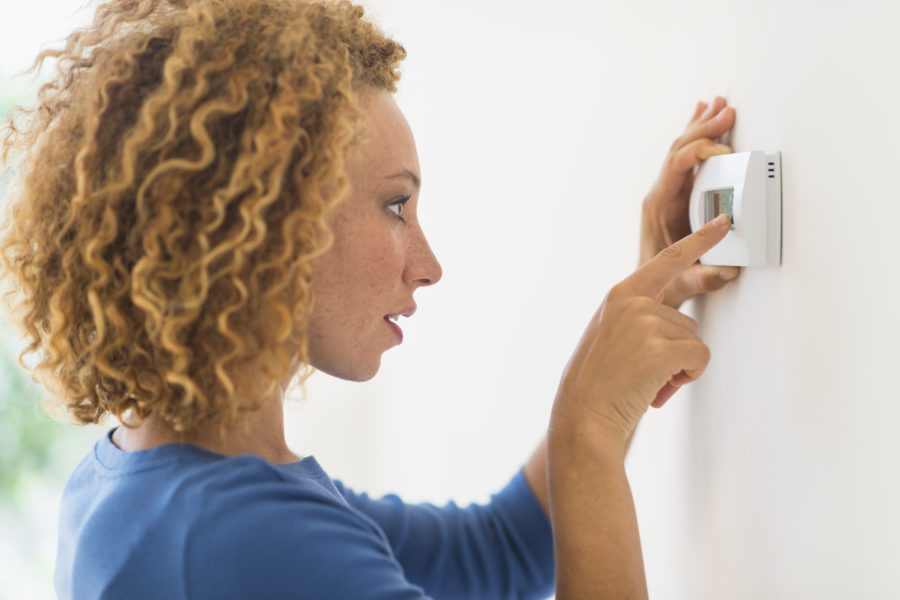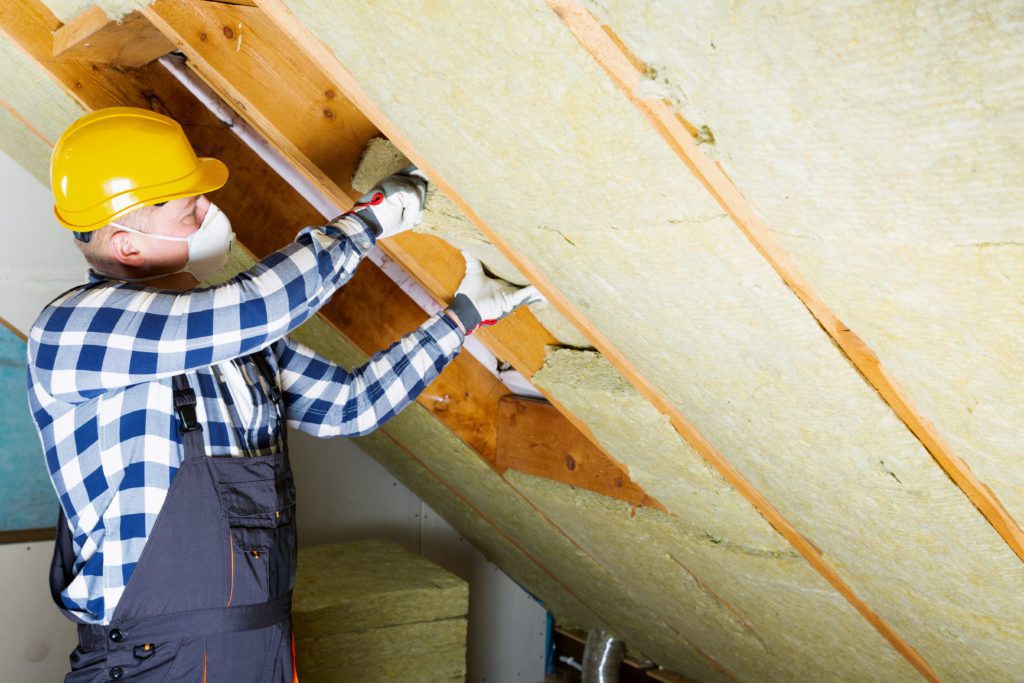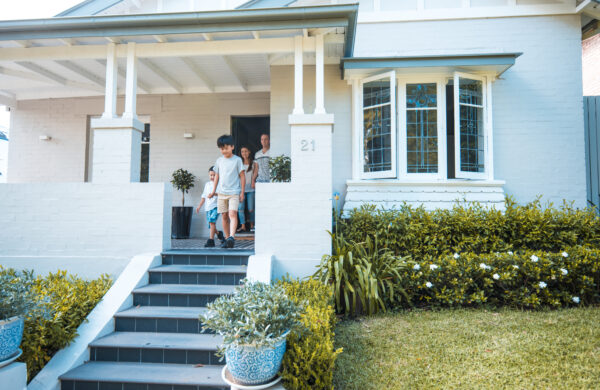Home ownership comes with many responsibilities. One of those is ensuring the home is ready for all weather conditions. When the weather starts to change and become cooler, it’s time to weatherproof your house to keep your energy bills affordable and your home’s integrity intact.
Cold winter air entering your home can cause your heating bills to rise and your cash flow to dwindle. How do you prevent cold air from invading and increasing your utility bills? There are several energy-efficient and cost-effective ways to weatherproof your home for winter.
Look At Your Window Frames
Cold air can seep in easily around windows, making your home feel uncomfortably cold. One surefire way to begin weatherproofing windows is to check for gaps around the window frame. Over time, gaps can develop, leading to cold winter air seeping in around the window frames.
Older windows can develop cracks between the window and the wall or within the window frame itself. Check for gaps in and around your windows. If you discover any, get friendly with your caulk gun and caulk around those frames. Inspecting all your windows for cracks and sealing any cracks you find is a simple, but sometimes overlooked, way to eliminate drafts in your home.
Old or wooden windows can also be replaced with storm windows to eliminate drafts and leaks of cold air. Swapping out your old windows for storm windows or adding an additional layer of protection by installing storm windows are excellent ways to weatherproof your home for winter.
Weatherproofed windows are one of the easiest ways to eliminate drafts in your house this winter. The environmental stress on your house can cause it to feel leaky after you’ve taken all the steps to weatherproof it. If your windows are properly sealed and in good condition, but you still seem to have a leaky house, you may consider hanging clear plastic over your windows.
Consider Your Doors
A window is one place where cold air can seep into your home, but it isn’t the only place. If your home is feeling drafty, consider looking at your exterior doors. Like window frames, door frames can develop cracks and leaks. Exterior doors require sealing to increase energy efficiency and reduce heating costs.
Most outside doors have weather stripping around them to help eliminate drafts from air seeping around the door. Sometimes this stripping develops tears or dry rot. When that happens, you need to replace the weather stripping. Another protective measure is adding door sweeps to the bottom of the door, which can prevent outside air from entering your home.
If you’ve replaced the stripping and added door sweeps, but you still feel a draft coming into your home, check your doors and door frames for cracks in the wood. If you find cracks, use caulk to fill them. If there’s still a draft after taking this step, consider creating a door draft stopper. Door draft stoppers are stuffed fabric tubes that are placed at the bottom of a door’s interior side to stop cold air from seeping into your home.
Check the Attic and the Basement
Warm air often escapes through an attic or basement. Unfortunately, unless you have finished the spaces, these areas often lack appropriate insulation since they are likely just used for storage and not as a living space.
While attic or basement insulation is effective in warming your home, saving money on utility bills and making you feel more comfortable in your home, it can be a more costly solution to retain heat. At the same time, if your attic or basement isn’t properly insulated, heat could literally be seeping through the exterior walls.
If you must choose between adding attic or basement insulation, opt to add it to the attic. Adding insulation here will keep heat from escaping through the walls of your attic. Because heat rises, adding attic insulation can help keep heat inside of your house. Additionally, while it is doable to add insulation to a basement, it is typically easier to add it to an attic.
The Plumbing and Hot Water Heater
Have you considered your plumbing, specifically your hot water heater, as a source of leaks within your home? The first step to winterizing your plumbing is to check all your pipes for leaks and proper insulation.
While checking your plumbing may seem like a daunting task, if you have crawl spaces beneath your home it won’t be as difficult as you might expect. After inspecting all your plumbing, fix any leaks and wrap your pipes in pipe insulation.
You want to protect your hot water heater from freezing just as you want to protect your pipes. The easiest way to do this is to wrap your hot water heater with an insulating blanket.
Your Thermostat
If you are looking for ways to save money this winter while retaining heat inside your home, installing an energy-efficient, programmable thermostat will work wonders. A programmable thermostat will help your house stay warm and save you money on your heating bill. Installing energy-efficient controls for your heating system can save money by reducing heat loss and lowering utility bills.
While you are exchanging your thermostat for a more energy efficient model, you should also check all your electrical outlets. Older outlets can allow air to seep into the house. Stopping that issue can be as simple as replacing the outlet covers.
The Takeaways
One of the first things to do to weatherproof your house is to check your door and window frames for cracks. Walk around your house, sealing gaps with caulk. To reduce your energy bills while effectively warming your house, consider installing a new programmable thermostat.
For more tips on how to get your home ready for winter, check out this blog post.






